Cultural Odyssey: Exploring Doha's Heritage
Join us for a free walking tour that unveils the rich tapestry of Doha's cultural heritage, from ancient art to vibrant markets and serene parks.
Time
3 Hours
Stops
8 Places
Distance
7.3 km
Museum of Islamic Art
Begin your tour at the Museum of Islamic Art, an architectural masterpiece housing an extensive collection of Islamic art from three continents dating back over 1,400 years, setting the stage for a cultural journey through Doha.
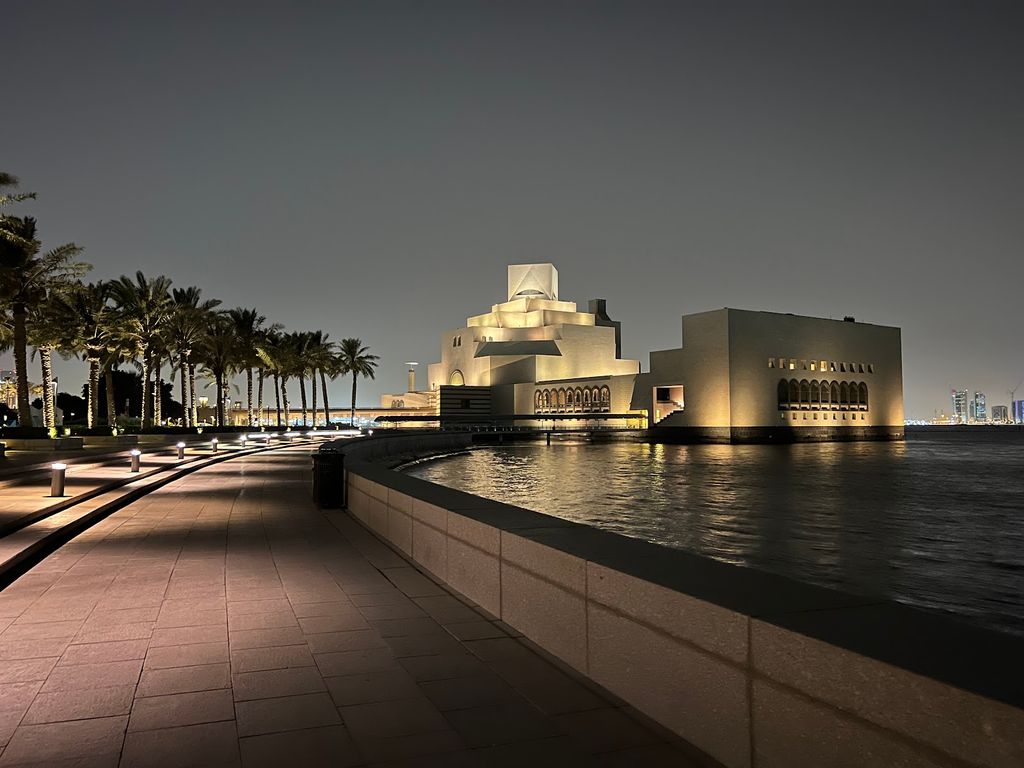
Museum of Islamic Art (Source: Google Maps)
The Museum of Islamic Art, designed by renowned architect I.M. Pei, is a stunning example of contemporary architecture that integrates Islamic design principles. Opened in 2008, the museum houses an extensive collection of over 14,000 artifacts spanning 1,400 years of Islamic history, including textiles, ceramics, and manuscripts from across the Islamic world. The museum is situated on the Doha Corniche, offering breathtaking views of the city skyline and the Arabian Gulf. It serves as a cultural hub, fostering appreciation for Islamic art and heritage through various exhibitions and educational programs. The museum's architecture, with its geometric patterns and grand entrance, reflects the beauty of Islamic design, making it a landmark of both artistic and architectural significance.
MIA Park
Adjacent to the Museum of Islamic Art, MIA Park offers a serene environment with stunning views of the Doha skyline, perfect for a leisurely stroll and some photo opportunities.
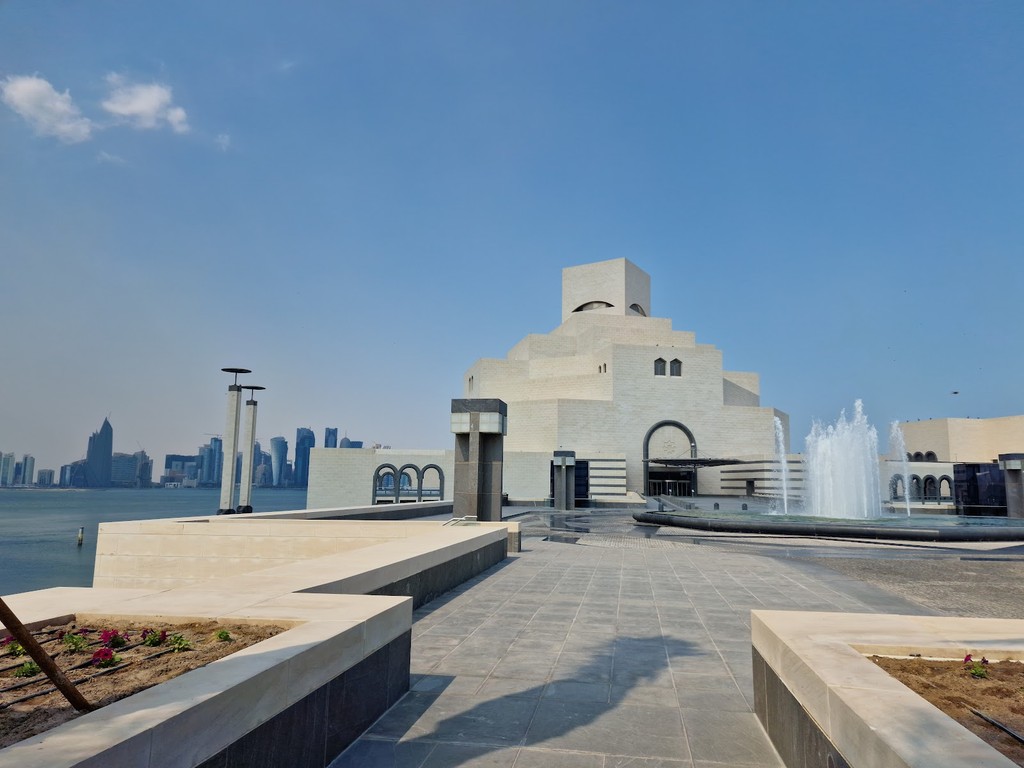
MIA Park (Source: Google Maps)
MIA Park, situated adjacent to the Museum of Islamic Art, provides a tranquil retreat in the heart of Doha. This beautifully landscaped park features walking paths, picnic areas, and art installations, making it a popular spot for both locals and tourists. The park offers stunning views of the Doha skyline, especially during sunset, and is home to various events and festivals throughout the year. Visitors can enjoy the lush greenery, a playground for children, and open-air spaces ideal for relaxation. The park not only complements the museum's cultural offerings but also serves as a communal space that fosters social interaction and community engagement, reflecting Doha's commitment to enhancing the quality of urban life.
National Museum of Qatar
Designed by architect Jean Nouvel, the National Museum of Qatar tells the story of the country and its people from ancient times to the modern era, making it an essential stop for history enthusiasts.
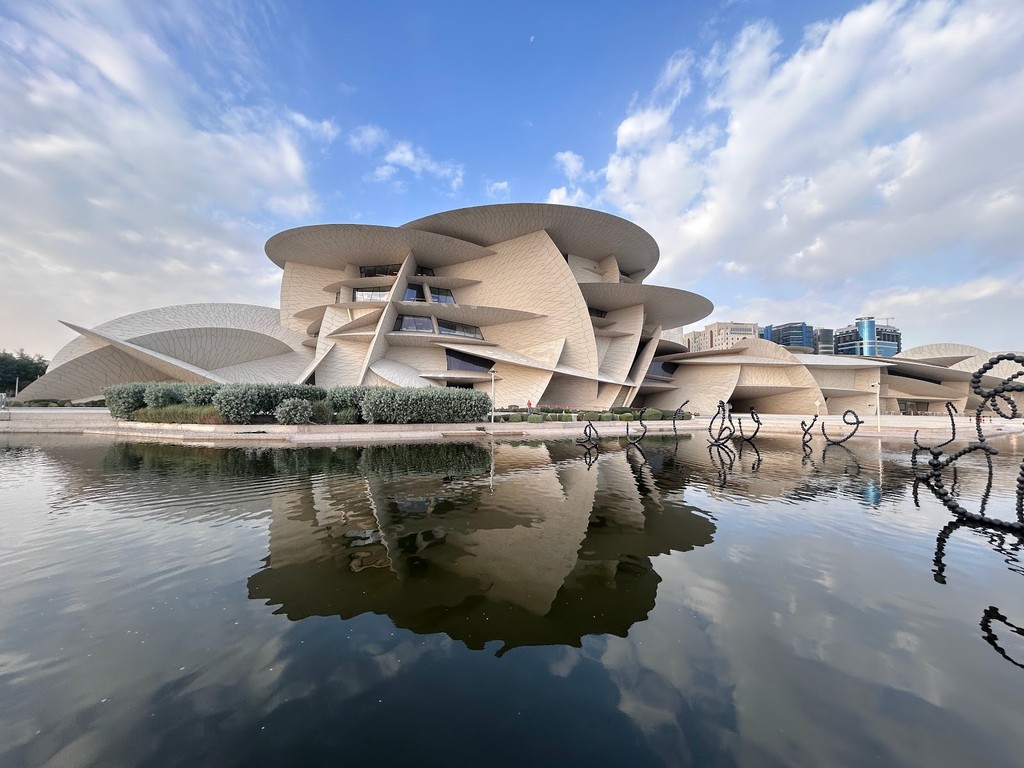
National Museum of Qatar (Source: Google Maps)
The National Museum of Qatar, designed by architect Jean Nouvel, is a landmark that narrates the rich history and culture of Qatar from its earliest days to the present. Opened in 2019, the museum's design is inspired by the desert rose, a natural mineral formation, symbolizing the country's connection to its environment. The museum's exhibitions feature a diverse array of artifacts, multimedia displays, and immersive experiences that engage visitors in the story of the Qatari people, their traditions, and their aspirations. The museum's architecture itself is a work of art, with its intricate façade and innovative design elements that reflect the interplay of light and shadow. It serves as a vital cultural institution, promoting understanding and appreciation of Qatar's heritage while fostering dialogue about its future.
Old Palace (Sheikh Abdullah Bin Jassim Al Thani Palace)
Located within the grounds of the National Museum, this historical palace offers insights into the lifestyle of Qatar's ruling family in the early 20th century.
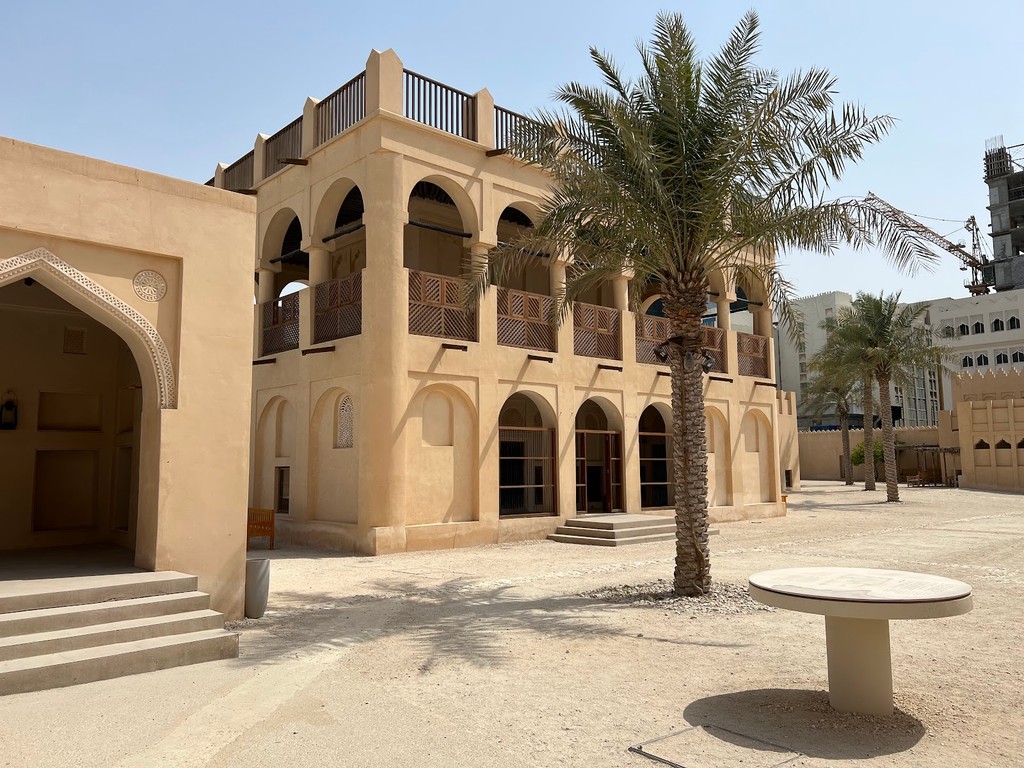
Old Palace (Sheikh Abdullah Bin Jassim Al Thani Palace) (Source: Google Maps)
The Old Palace, also known as the Sheikh Abdullah Bin Jassim Al Thani Palace, is a significant historical site located within the grounds of the National Museum of Qatar. Built in the early 20th century, the palace served as the residence of Qatar's ruling family and a center of governance. Its architectural style reflects traditional Qatari design, featuring intricate woodwork and beautiful courtyards. The palace offers visitors a glimpse into the lifestyle of the Qatari royal family and the socio-political dynamics of the time. Today, it stands as a testament to Qatar's rich history and heritage, providing insights into the country's development and the role of its leaders in shaping the nation. The palace is an essential part of the cultural narrative that the National Museum seeks to convey.
Souq Waqif
A short walk from MIA Park, Souq Waqif is a vibrant market that immerses visitors in traditional Qatari culture, offering everything from spices and textiles to local handicrafts.
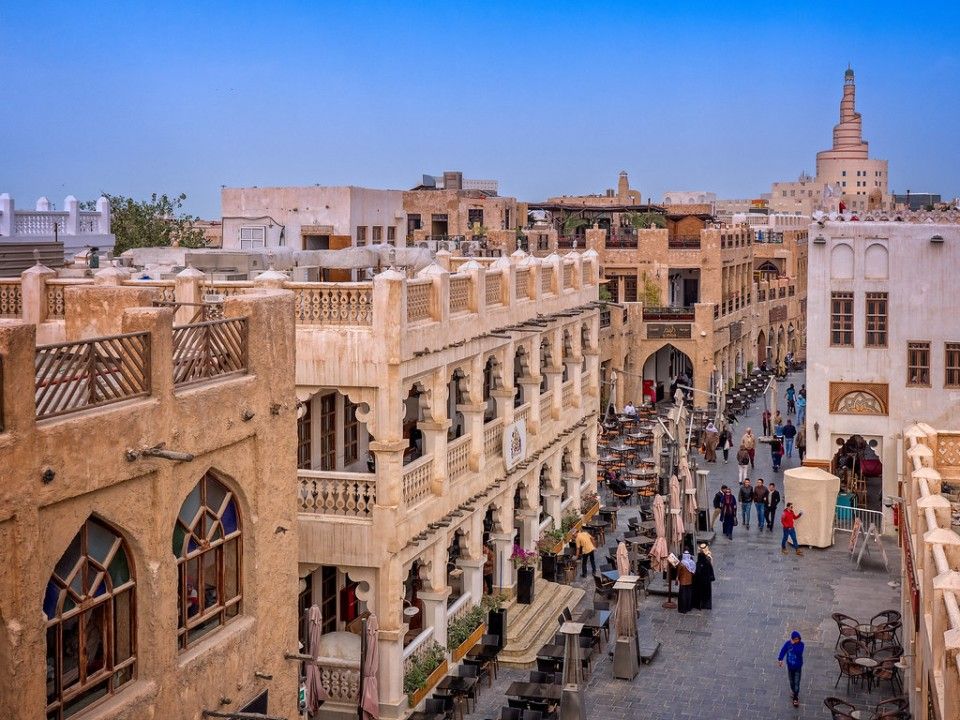
Souq Waqif (Source: Google Maps)
Souq Waqif is a vibrant marketplace that embodies the spirit of traditional Qatari culture. Located in the heart of Doha, this bustling souq has been a trading hub for centuries, offering visitors a sensory experience filled with the sights, sounds, and aromas of local life. The market features a diverse range of shops selling spices, textiles, handicrafts, and traditional Qatari garments, providing a glimpse into the country's rich artisanal heritage. Souq Waqif is not just a shopping destination; it is also a social gathering place where locals and tourists alike come to enjoy traditional food, live music, and cultural performances. The architecture of the souq, with its mud-brick buildings and winding alleyways, reflects the historical significance of trade in Qatar and serves as a reminder of the country’s deep-rooted connections to its past.
Al Koot Fort
A short walk from the Msheireb Museums, Al Koot Fort is a historical fortification built in 1880, offering insight into Doha’s defense history and architecture.
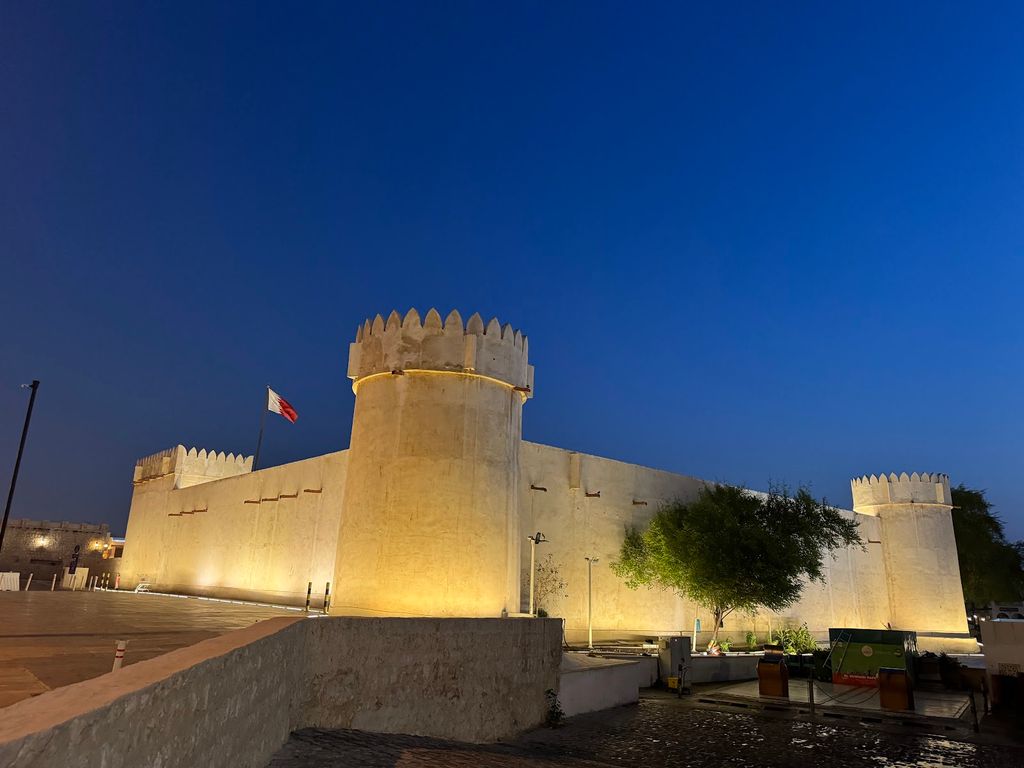
Al Koot Fort (Source: Google Maps)
Al Koot Fort, built in 1880, is a historical fortification that played a crucial role in Doha's defense against potential threats. Located near the Msheireb Museums, the fort is an important symbol of Qatar's military history and architectural heritage. Constructed from traditional materials such as limestone and coral, Al Koot Fort features robust walls and towers that provide an insight into the military strategies employed during its time. The fort has been meticulously restored and now serves as a museum, showcasing artifacts and exhibits related to Qatar's defense history. Visitors can explore the fort's interior and learn about its significance in protecting the region's inhabitants. Al Koot Fort represents the resilience and strength of the Qatari people throughout history, making it a key landmark in understanding the country's past.
Msheireb Museums
Located in the heart of the Msheireb Downtown Doha, these museums highlight the history and cultural heritage of Qatar through four heritage houses, providing a deeper understanding of the country's past.
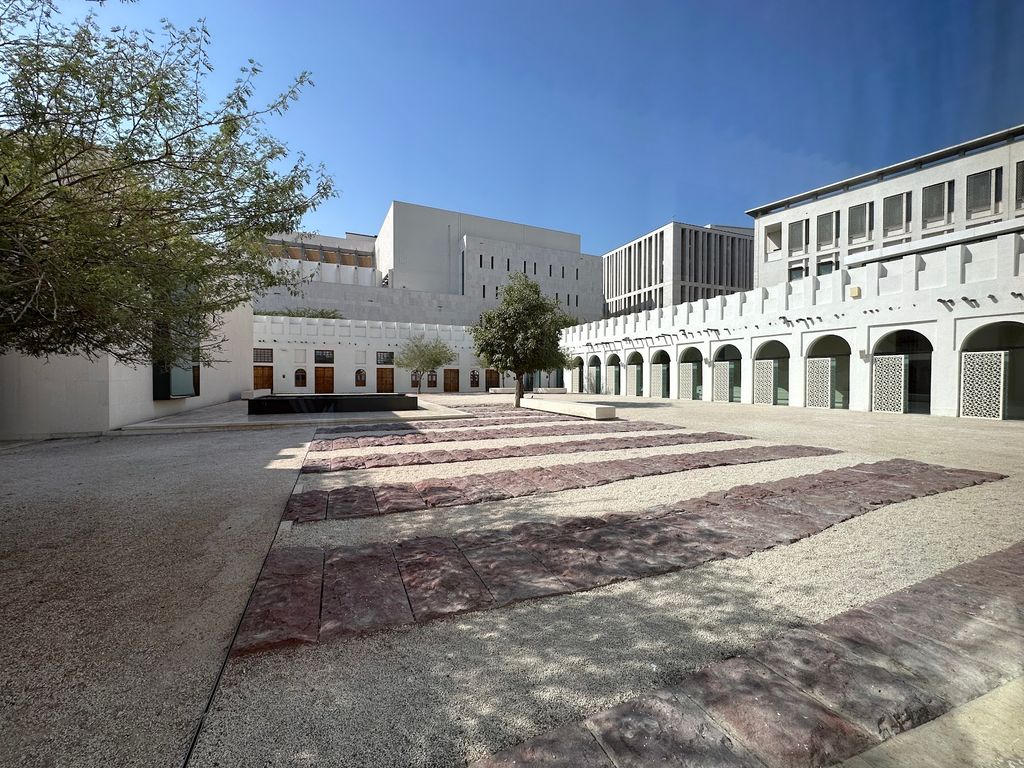
Msheireb Museums (Source: Google Maps)
The Msheireb Museums, located in the heart of Msheireb Downtown Doha, consist of four heritage houses that narrate the story of Qatar's transformation over the past century. These museums focus on the social, cultural, and economic development of the country, providing visitors with a unique perspective on the heritage of Qatar. The exhibits feature a mix of traditional and modern displays, highlighting the lives of Qatari citizens and their contributions to the nation's growth. The architecture of the museums reflects traditional Qatari design while incorporating modern sustainability practices, making them a model for future developments. By showcasing the rich tapestry of Qatari life, the Msheireb Museums serve as a vital educational resource for both locals and visitors, fostering a deeper understanding of the country's heritage and identity.
Al Bidda Park
End your tour at Al Bidda Park, a lush green space perfect for relaxation and reflection after a day of exploring Doha’s rich cultural heritage.

Al Bidda Park (Source: Google Maps)
Al Bidda Park is a sprawling green space located along the Doha Corniche, offering a peaceful oasis amidst the bustling city. The park is designed for relaxation and recreation, featuring walking paths, playgrounds, and picnic areas that attract families and individuals seeking respite from urban life. Its lush landscaping and beautifully maintained gardens provide a serene environment for reflection and leisure. The park also hosts various cultural events and activities throughout the year, making it a vibrant community hub. Al Bidda Park is not only a recreational space but also a testament to Qatar's commitment to enhancing public spaces and promoting a healthy lifestyle among its residents. It serves as a fitting conclusion to a cultural journey through Doha, allowing visitors to unwind and appreciate the beauty of the city's natural surroundings.

Your travels, your rules.
Create your own Free Walking Tours.
Set your preferences, distances and anything you want to do or see.
Completely free, no payment required.